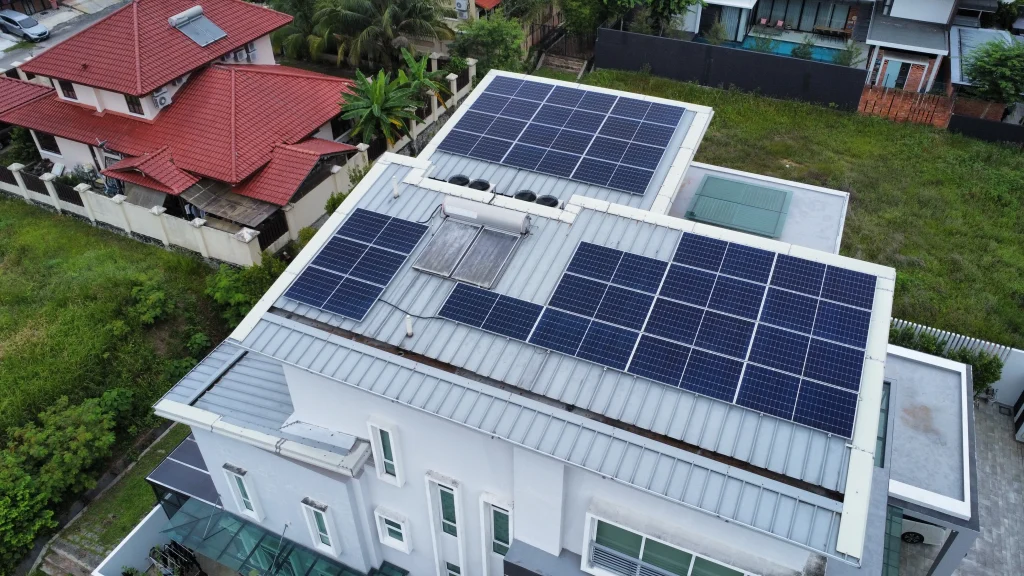
How Do Solar Panels Work? A Beginner’s Guide We’ve all heard that solar panels can harness energy from the sun,
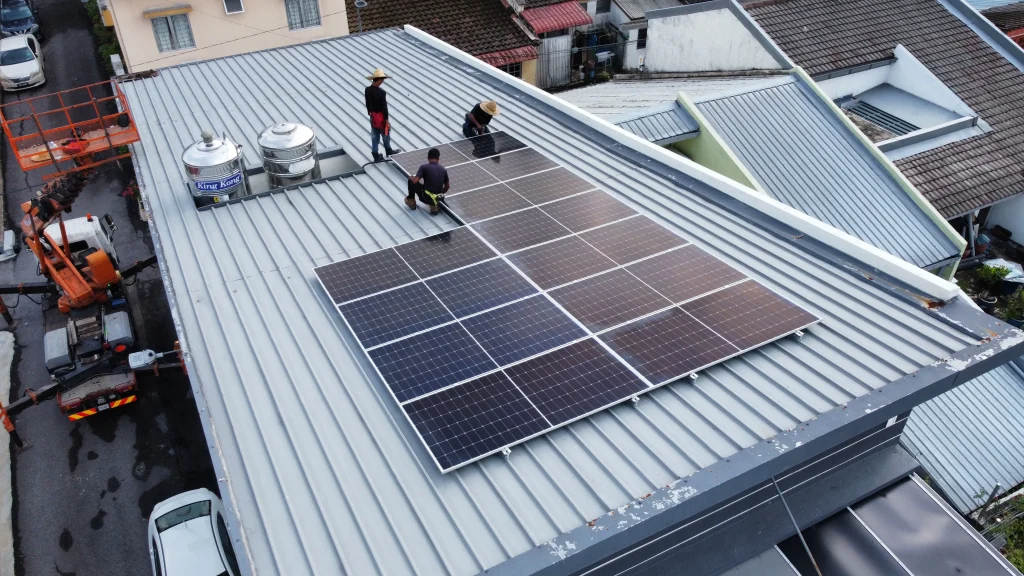
3 Steps to Choose the Right Solar PV Provider for Your Home With rising TNB bills and the growing use
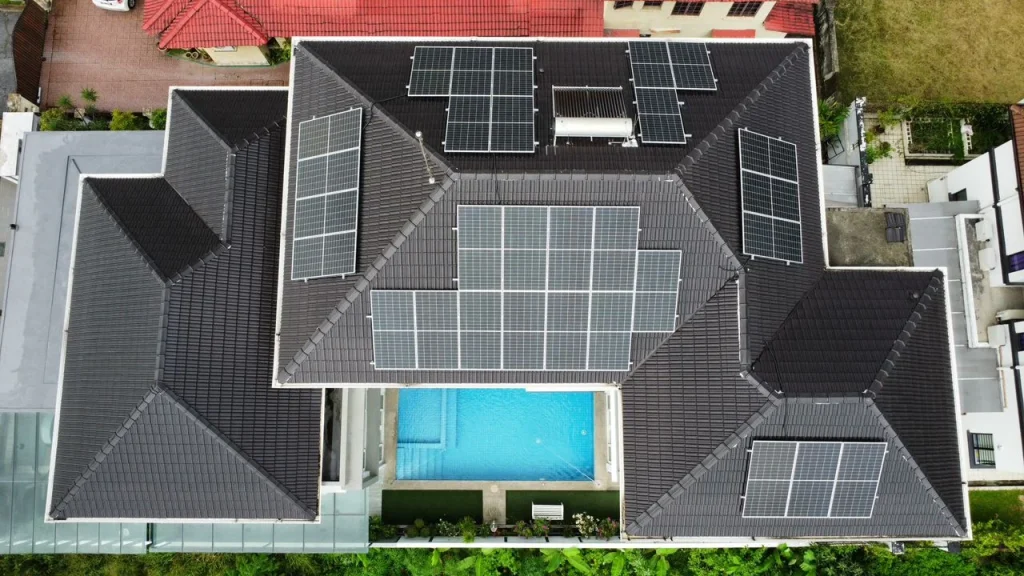
Is Solar Right for You? Top 4 Questions Malaysians Ask About Solar Panels Thinking about installing solar panels but have

Solar Power Is Key to Malaysia’s Green Future As part of its long-term energy strategy, Malaysia has set ambitious goals
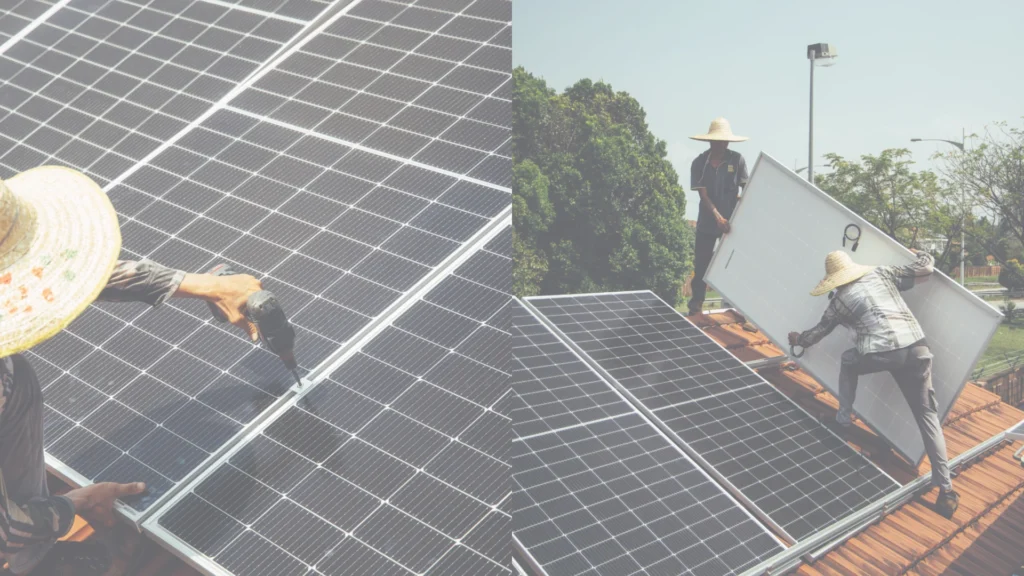
Is Solar Installation Complicated? What do you think? Is solar installation a complicated process? While looking at those rectangular devices
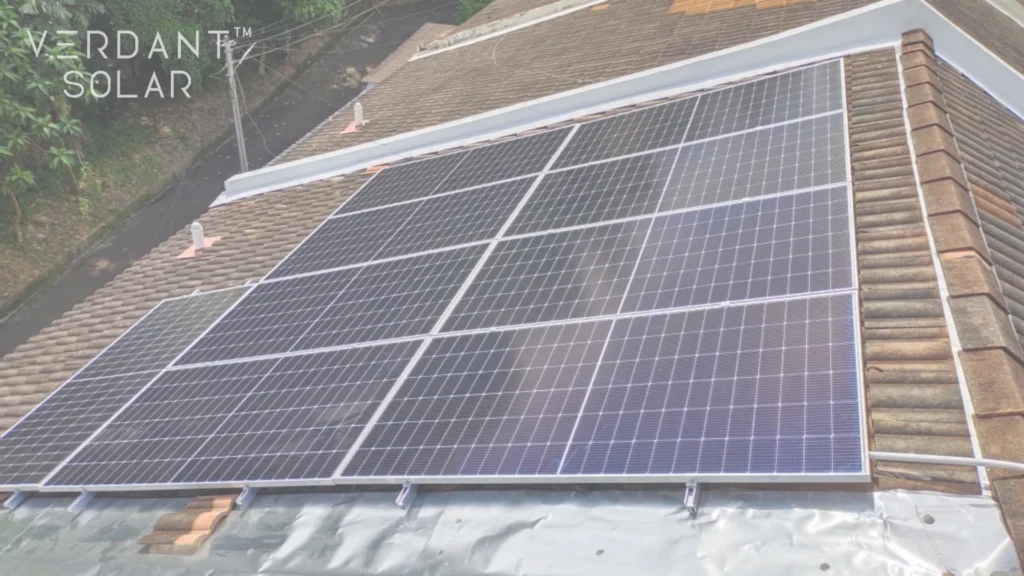
When we talk about solar inverters, it does sound familiar to most of us who are interested in solar power,
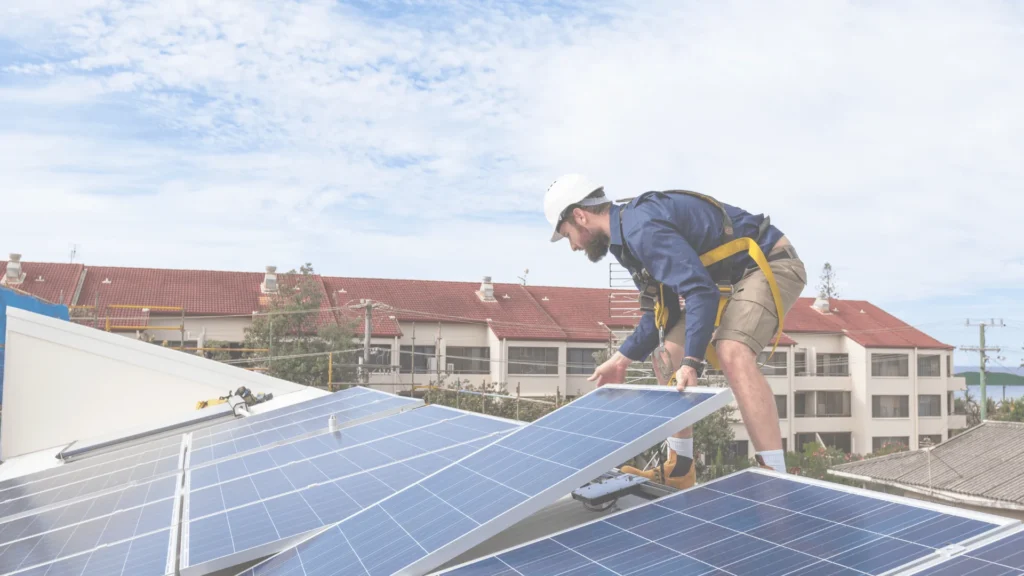
Solar Power: 4 Pros and Cons When we talk about solar power, what is the first thing that comes to
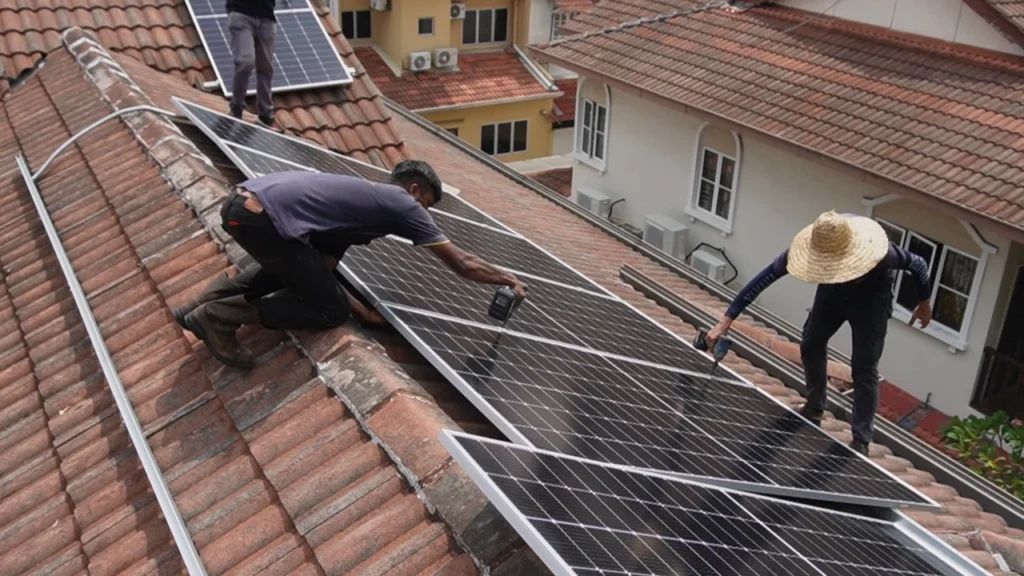
Why did the electricity bill increase after installing solar panels? It’s difficult to even consider your electricity bills increasing after

Solar Return On Investment In Malaysia The solar return on investment (ROI) in Malaysia can vary depending on several factors,
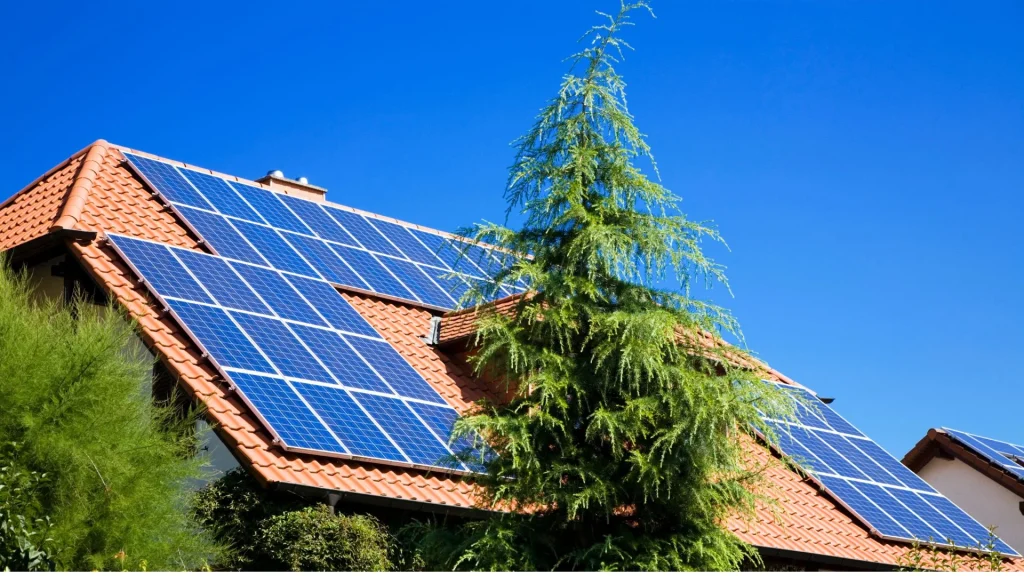
Solar Power for World Environment Health Day Under the theme “Our planet, our health”, the International Organization for Migration (IOM)
Job Descriptions
Job Requirements